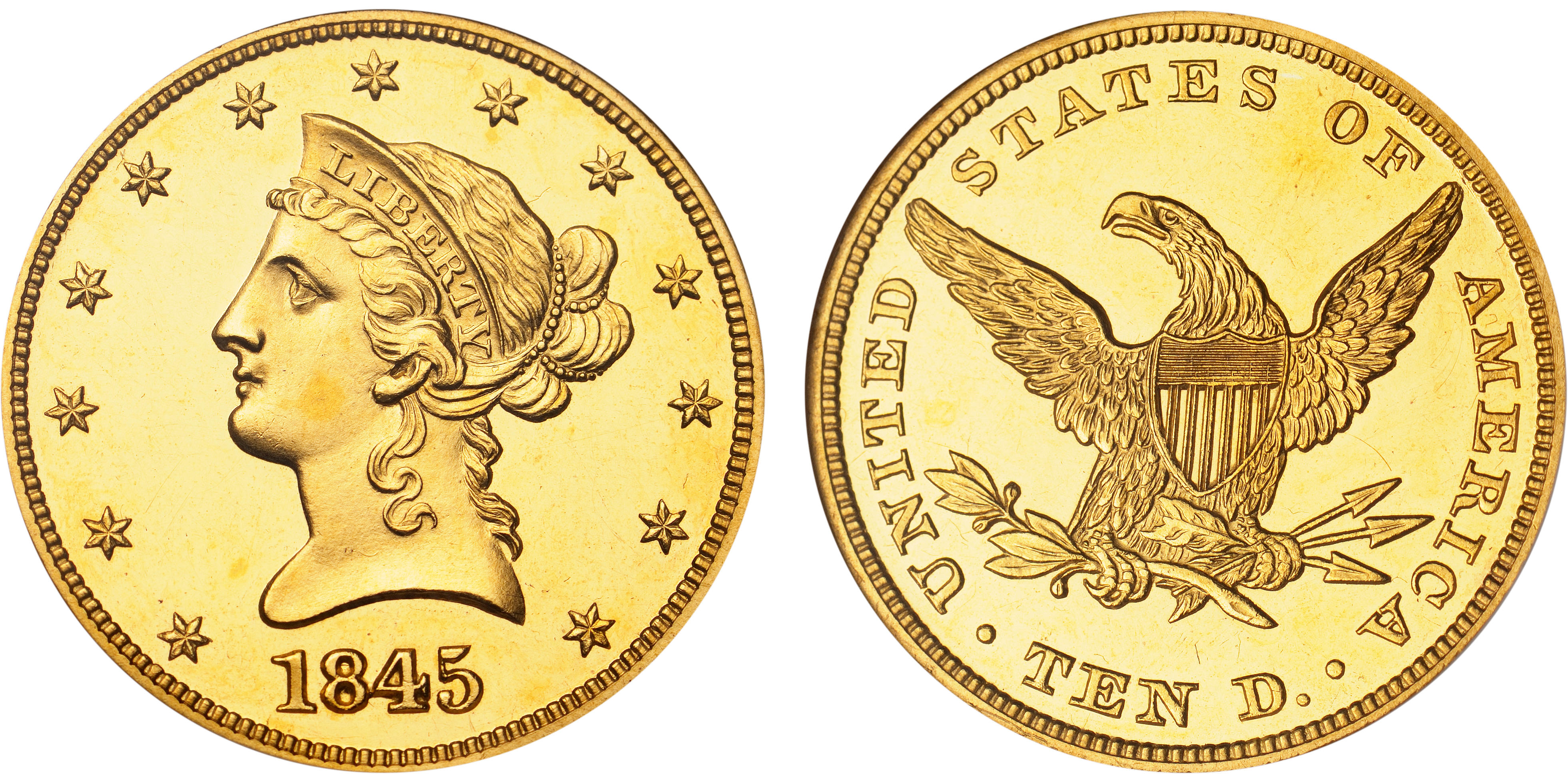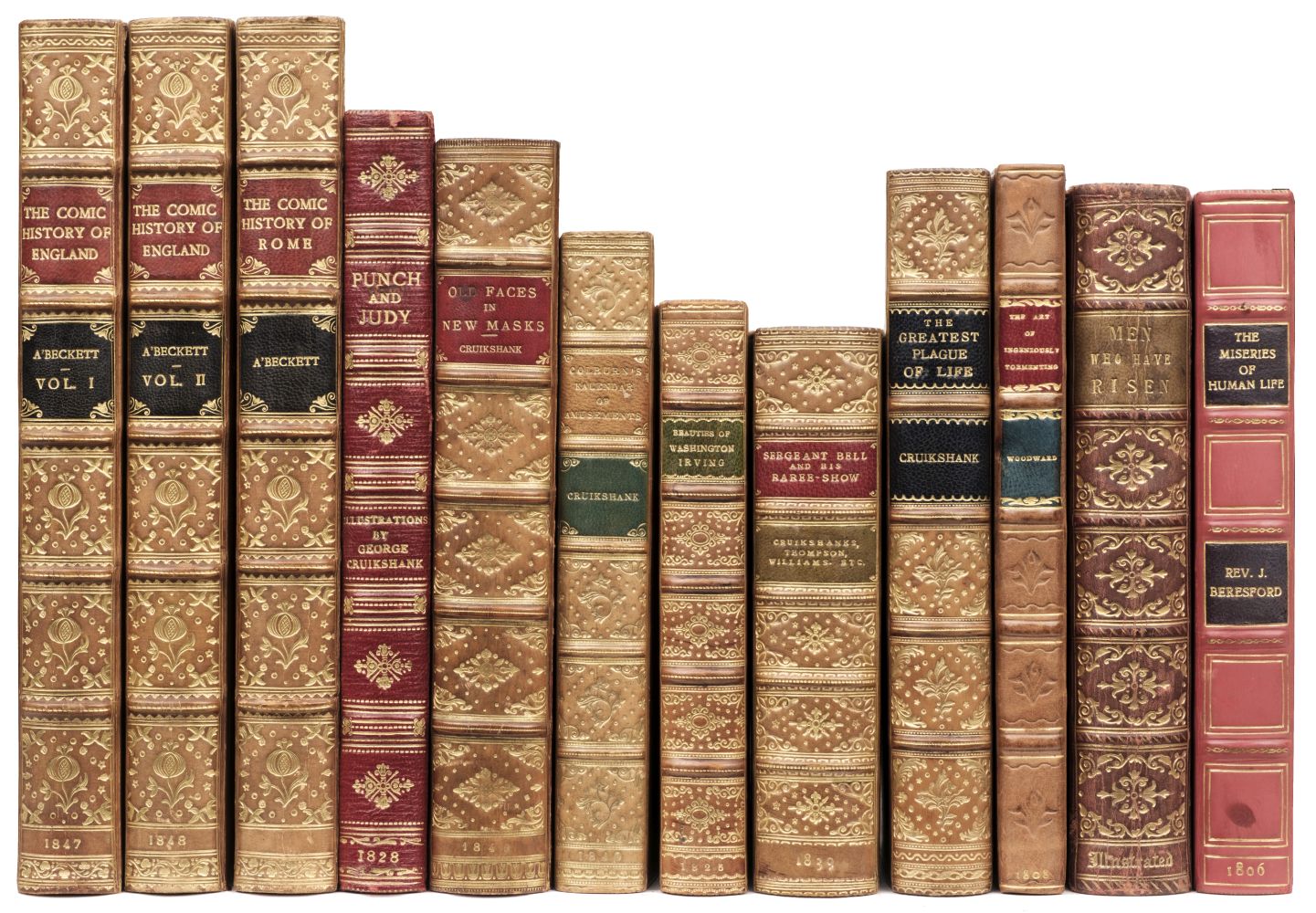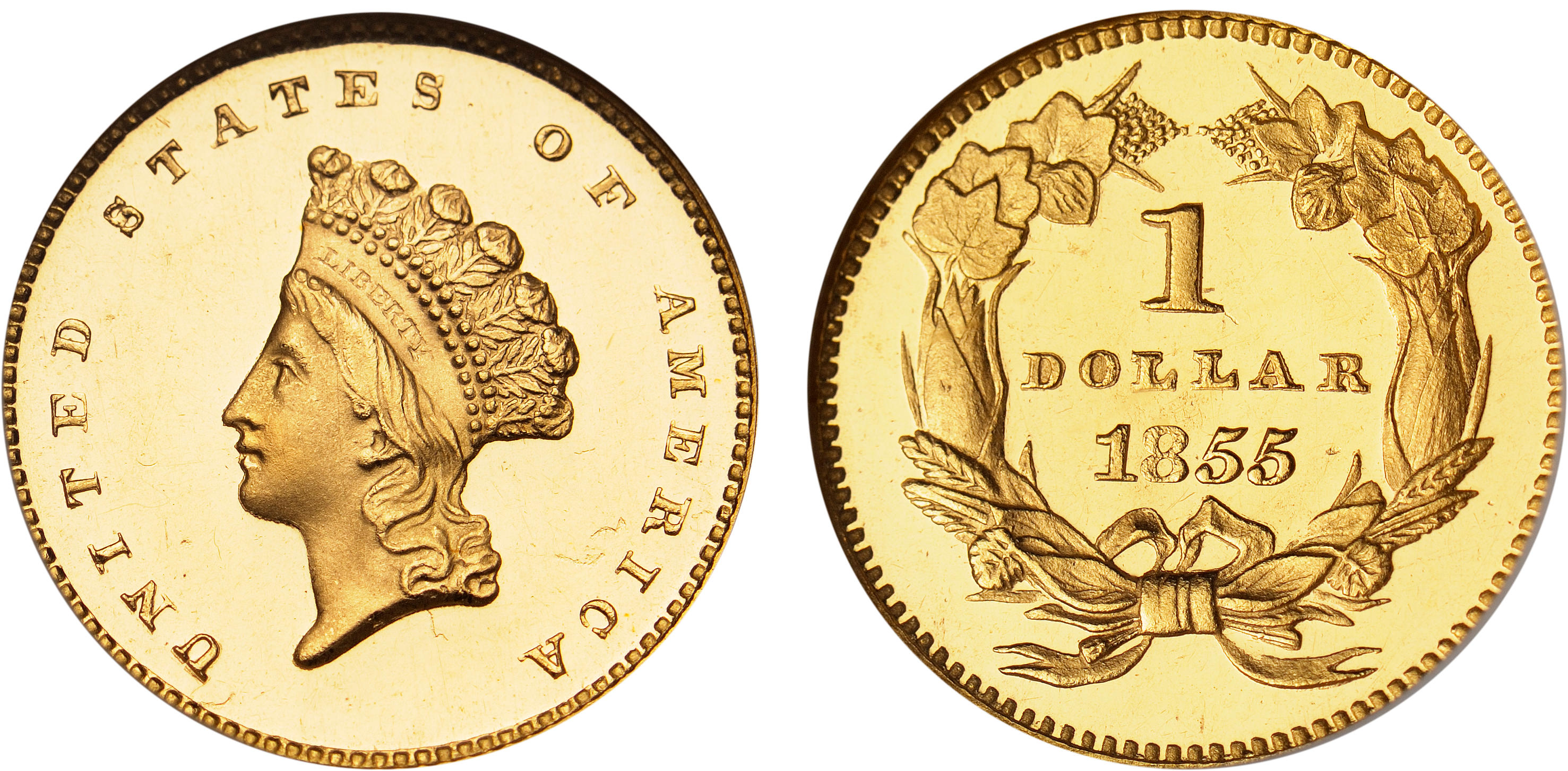Of the Greatest Numismatic Importance Click image to view larger Description: Ionia, 'Samos' EL Stater. Circa 550-500 BC. 'Light Samian' Standard. Kynegetikos (hunt) scene, composed of bearded male rider on horseback to right, holding reins, hunting dog below chasing hare to left; uncertain legend (or symbols?) before rider / Two oblong incuse punches. Weidauer -, cf. 195-198 for similar reverse punches, and 204-206 for hemistaters of the same weight standard; cf. Rosen 248-249 for similar reverse punches, fabric and weight standard; cf. Barron pl. 30, 1-12; cf. LHS 95, 2005, lot 665 for similar stater of same weight standard attributed to Samos. 13.45g, 20mm. Almost as struck. Unique, unpublished, and of the greatest numismatic importance. This coin appears to belong to an extremely rare series of electrum staters of which three examples were contained in the Rosen collection. These staters are based on a weight standard somewhat lighter than the 14 gram Milesian stater, being all approximately 13.4 grams in weight. L. Weidauer, p. 41, 204-206 published some corresponding hemistaters of the same standard which she designated as 'light Samian'. The method of manufacture of this coin - striking of the obverse followed by two punch strikes on the reverse against a flat surface - has in this case resulted in a loss of detail on the left side of the obverse, due to the second reverse punch strike being applied at an oblique angle with excessive force. This is unfortunate since it has, in combination with a natural flan defect, rendered what may be an important detail - the legend or symbols before the rider - completely indiscernible. Despite the flattening on the left side of the coin, we may nonetheless still distinguish the rough outline of the horse's head and the front part of its body (outlined for clarity); the hare meanwhile has not fared so badly, remaining distinct. The significance of this coin and its type cannot be understated - it is of the greatest interest and importance to the study of early coinage. Not only is it a novum, being unpublished and certainly unique, it is also entirely without parallel in the numismatic record and represents an important milestone in numismatic art. The complex design of the obverse type which integrates multiple elements into a dynamic scene, also possibly with a legend, is completely unexpected and unprecedented at such an early period. Though coins bearing a legend appeared much earlier - notably the staters of Phanes, which bear the legend 'I am the badge of Phanes' - these, and indeed all other coins in the period of 620-550 BC bear either static emblematic designs usually consisting of a single design element (occasionally with adjunct symbols), or an animal or figure in a pose implying movement. To find a complete tableau vivant of so animated a scene is nothing short of astounding, and precedes other such 'action' scenes from other mints by several decades at least. The triple-siglos of Kos for example, famous for its depiction of a diskobolos in mid-throw, is dated to c. 480-475. The image itself is also unusual for being the only known hunting scene on an ancient coin. Hunting was for the Greeks not only a commonplace sport, as it was in Western Europe until relatively recently, it was considered an essential part of one's upbringing, and in a treatise entitled Kynegetikos ('On Hunting', or 'Hunting with Dogs') by the ancient Greek philosopher and military leader Xenophon, he advises to 'not despise hunting or the other training of your boyhood, if you desire to grow up to be good men, good not only in war but in all else of which the issue is perfection in thought, word, and deed'. Kynegetikos is one of the four works by Xenophon on arts or skills, and in it he devotes eight out of thirteen chapters to hunting the hare. It is very tempting to hypothesize that if indeed the attribution to Samos is correct, and given the period in which this coin must have been p
Of the Greatest Numismatic Importance Click image to view larger Description: Ionia, 'Samos' EL Stater. Circa 550-500 BC. 'Light Samian' Standard. Kynegetikos (hunt) scene, composed of bearded male rider on horseback to right, holding reins, hunting dog below chasing hare to left; uncertain legend (or symbols?) before rider / Two oblong incuse punches. Weidauer -, cf. 195-198 for similar reverse punches, and 204-206 for hemistaters of the same weight standard; cf. Rosen 248-249 for similar reverse punches, fabric and weight standard; cf. Barron pl. 30, 1-12; cf. LHS 95, 2005, lot 665 for similar stater of same weight standard attributed to Samos. 13.45g, 20mm. Almost as struck. Unique, unpublished, and of the greatest numismatic importance. This coin appears to belong to an extremely rare series of electrum staters of which three examples were contained in the Rosen collection. These staters are based on a weight standard somewhat lighter than the 14 gram Milesian stater, being all approximately 13.4 grams in weight. L. Weidauer, p. 41, 204-206 published some corresponding hemistaters of the same standard which she designated as 'light Samian'. The method of manufacture of this coin - striking of the obverse followed by two punch strikes on the reverse against a flat surface - has in this case resulted in a loss of detail on the left side of the obverse, due to the second reverse punch strike being applied at an oblique angle with excessive force. This is unfortunate since it has, in combination with a natural flan defect, rendered what may be an important detail - the legend or symbols before the rider - completely indiscernible. Despite the flattening on the left side of the coin, we may nonetheless still distinguish the rough outline of the horse's head and the front part of its body (outlined for clarity); the hare meanwhile has not fared so badly, remaining distinct. The significance of this coin and its type cannot be understated - it is of the greatest interest and importance to the study of early coinage. Not only is it a novum, being unpublished and certainly unique, it is also entirely without parallel in the numismatic record and represents an important milestone in numismatic art. The complex design of the obverse type which integrates multiple elements into a dynamic scene, also possibly with a legend, is completely unexpected and unprecedented at such an early period. Though coins bearing a legend appeared much earlier - notably the staters of Phanes, which bear the legend 'I am the badge of Phanes' - these, and indeed all other coins in the period of 620-550 BC bear either static emblematic designs usually consisting of a single design element (occasionally with adjunct symbols), or an animal or figure in a pose implying movement. To find a complete tableau vivant of so animated a scene is nothing short of astounding, and precedes other such 'action' scenes from other mints by several decades at least. The triple-siglos of Kos for example, famous for its depiction of a diskobolos in mid-throw, is dated to c. 480-475. The image itself is also unusual for being the only known hunting scene on an ancient coin. Hunting was for the Greeks not only a commonplace sport, as it was in Western Europe until relatively recently, it was considered an essential part of one's upbringing, and in a treatise entitled Kynegetikos ('On Hunting', or 'Hunting with Dogs') by the ancient Greek philosopher and military leader Xenophon, he advises to 'not despise hunting or the other training of your boyhood, if you desire to grow up to be good men, good not only in war but in all else of which the issue is perfection in thought, word, and deed'. Kynegetikos is one of the four works by Xenophon on arts or skills, and in it he devotes eight out of thirteen chapters to hunting the hare. It is very tempting to hypothesize that if indeed the attribution to Samos is correct, and given the period in which this coin must have been p





/101466/Photo1%20data.jpg)
/98042/Photo3%20data.jpg)
/98241/Photo3%20data.jpg)







Testen Sie LotSearch und seine Premium-Features 7 Tage - ohne Kosten!
Lassen Sie sich automatisch über neue Objekte in kommenden Auktionen benachrichtigen.
Suchauftrag anlegen